Buy this landscape artwork The sea monster by De Canon on canvas, ArtFrame, poster and wallpaper, printed on demand in high quality.
About "The sea monster"
by De Canon
About the artwork
An engraving showing a woman being abducted by a sea monster. This strange scene is one of Dürer's most enigmatic prints. The clue to its understanding appears to lie not in the foreground figures, but in the group in the left background, who demonstrate their anguish at the unfolding event. This is an abduction rather than an elopement. That the reclining woman is a member of the group of nude women, who have been bathing, is indicated by her backwards glance and lack of interest in the merman (a bearded man with a fish’s tail and a moose’s horn) who grips her arm. The man running towards the shoreline is well dressed, and she, although naked, wears an elaborate jewelled headdress, indicative of wealth and status. The woman here is a prized asset rather than a romantic heroine or model of piety. Beyond these general remarks, however, no literary or mythological source has been firmly identified. Dürer himself called it only the ‘sea monster’ in his diary of his trip to the Netherlands. It may be that, although he took various myths of marine abduction as his starting point, Dürer was not concerned to tell a specific story here, merely to explore the pictorial potential of such a scene. A number of Dürer’s compositions at this time are concerned with the naked female form, among them the 'Pupila Augusta' of c.1498, the 'Four Naked Women', dated 1497, and the 'Hercules at the Crossroads' of around 1498. 'The Sea Monster' can thus be seen, partly, as a study of a reclining nude

About De Canon
 Germany
Germany Ordered in October 2019
Ordered in October 2019
 Germany
Germany Ordered in July 2021
Ordered in July 2021
 Germany
Germany Ordered in November 2020
Ordered in November 2020
 Germany
Germany Ordered in April 2025
Ordered in April 2025
 Germany
Germany Ordered in June 2023
Ordered in June 2023
 Germany
Germany Ordered in February 2021
Ordered in February 2021
 Germany
Germany Ordered in March 2020
Ordered in March 2020
 Netherlands
Netherlands Ordered in September 2021
Ordered in September 2021
 Netherlands
Netherlands Ordered in May 2020
Ordered in May 2020
 Netherlands
Netherlands Ordered in September 2022
Ordered in September 2022
 Netherlands
Netherlands Ordered in March 2022
Ordered in March 2022
 Netherlands
Netherlands Ordered in May 2017
Ordered in May 2017
About the material
ArtFrame™
Interchangeable Art Prints
- High-quality print
- Easily interchangeable
- Acoustic function
- Large sizes available
Discover the artworks of De Canon
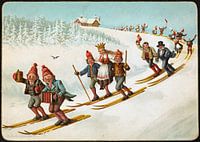 Julekort med bondebryllup og ski, Wilhelm LarsenDe Canon
Julekort med bondebryllup og ski, Wilhelm LarsenDe Canon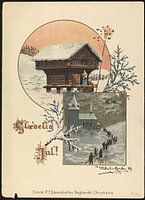 Glædelig jul!, 1889, Wilhelm LarsenDe Canon
Glædelig jul!, 1889, Wilhelm LarsenDe Canon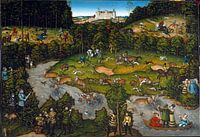 Hunting near Hartenfels Castle, Lucas CranachDe Canon
Hunting near Hartenfels Castle, Lucas CranachDe Canon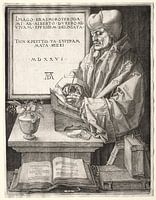 Desiderius Erasmus of Rotterdam, Albrecht DürerDe Canon
Desiderius Erasmus of Rotterdam, Albrecht DürerDe Canon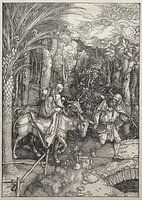 LIfe of the Virgin: Flight into Egypt, Albrecht DürerDe Canon
LIfe of the Virgin: Flight into Egypt, Albrecht DürerDe Canon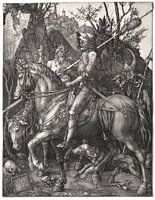 Knight, Death and the DevilDe Canon
Knight, Death and the DevilDe Canon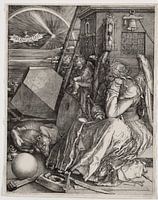 Melencolia I, Albrecht DürerDe Canon
Melencolia I, Albrecht DürerDe Canon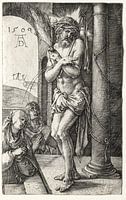 Man of Sorrows by the column, Albrecht DürerDe Canon
Man of Sorrows by the column, Albrecht DürerDe Canon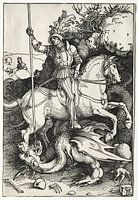 Saint George and the dragon, Albrecht DürerDe Canon
Saint George and the dragon, Albrecht DürerDe Canon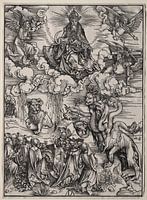 The beast with the seven heads and the beast with lambs horns, Albrecht DürerDe Canon
The beast with the seven heads and the beast with lambs horns, Albrecht DürerDe Canon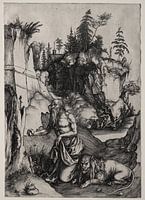 Saint Jerome in penitence, Albrecht DürerDe Canon
Saint Jerome in penitence, Albrecht DürerDe Canon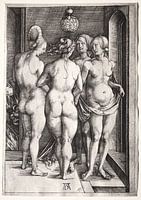 The four witches (four naked women), Albrecht DürerDe Canon
The four witches (four naked women), Albrecht DürerDe Canon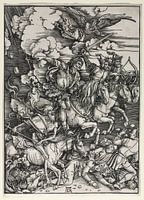 The four horsemen of the Apocalypse, Albrecht DürerDe Canon
The four horsemen of the Apocalypse, Albrecht DürerDe Canon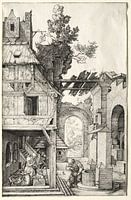 The Nativity, Albrecht DürerDe Canon
The Nativity, Albrecht DürerDe Canon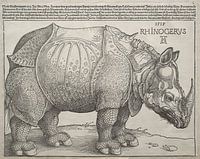 The rhinoceros, Albrecht DürerDe Canon
The rhinoceros, Albrecht DürerDe Canon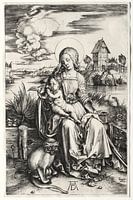 The Virgin and Child with a monkey, Albrecht DürerDe Canon
The Virgin and Child with a monkey, Albrecht DürerDe Canon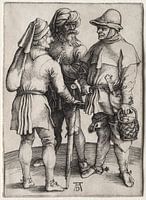 Three peasants in conversation, Albrecht DürerDe Canon
Three peasants in conversation, Albrecht DürerDe Canon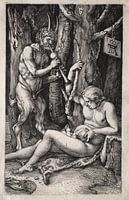 Satyr family, Albrecht DürerDe Canon
Satyr family, Albrecht DürerDe Canon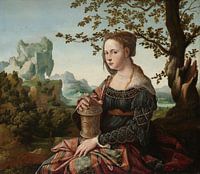 Mary Magdalene, Jan van ScorelDe Canon
Mary Magdalene, Jan van ScorelDe Canon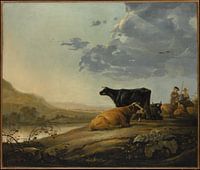 Young Herdsmen with CowsDe Canon
Young Herdsmen with CowsDe Canon
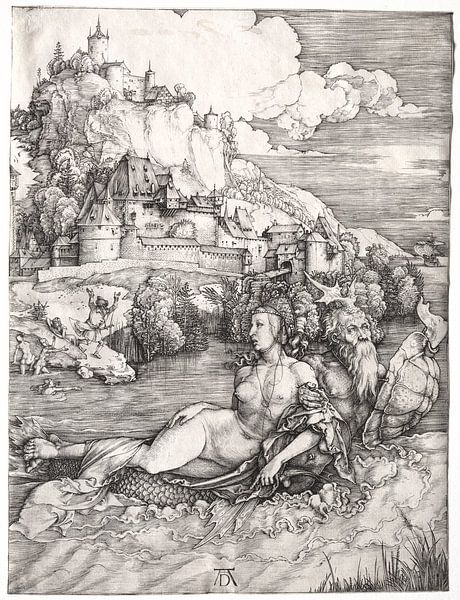
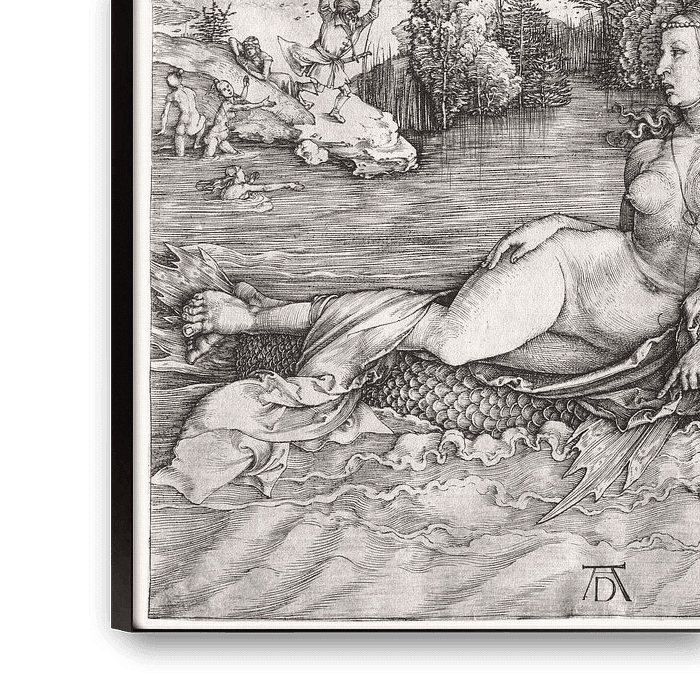



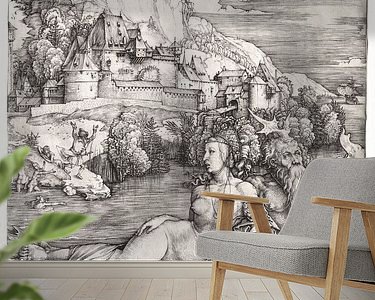
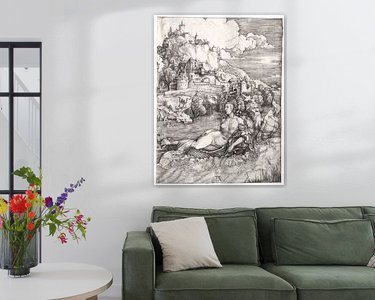
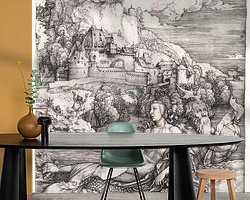
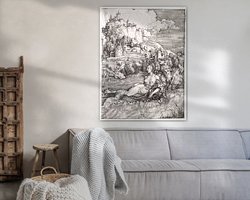

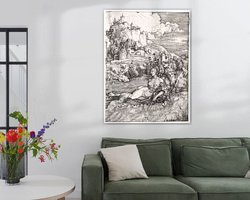
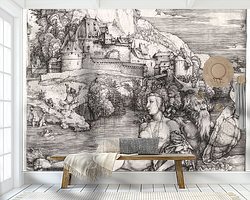
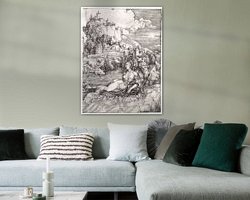
 Castle
Castle Dreamy Escapes
Dreamy Escapes Fairy tales
Fairy tales Landscapes
Landscapes Middle ages
Middle ages Mountains
Mountains Mysterious Spheres
Mysterious Spheres Mythology
Mythology Old masters
Old masters Vintage
Vintage









